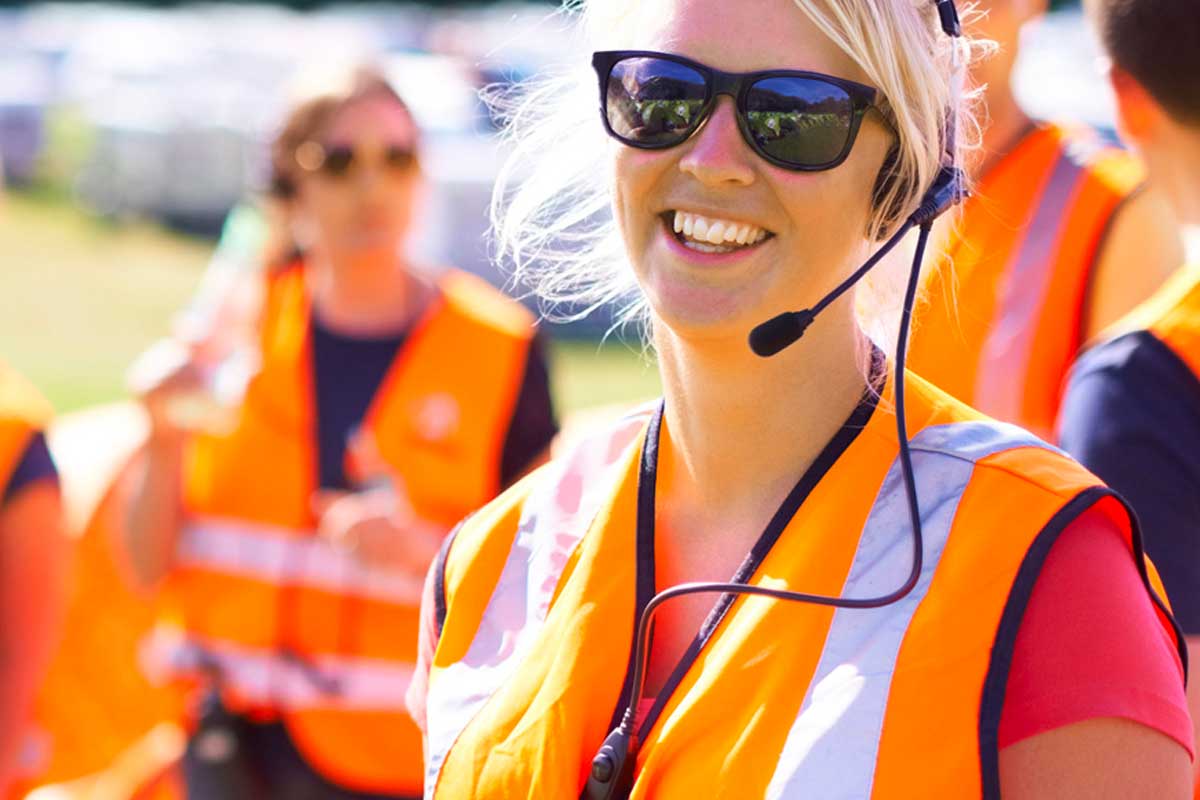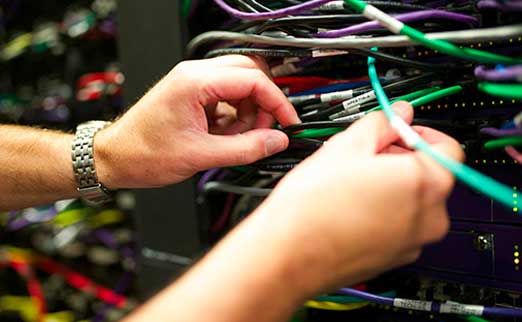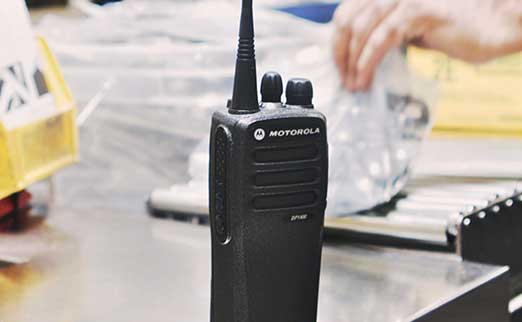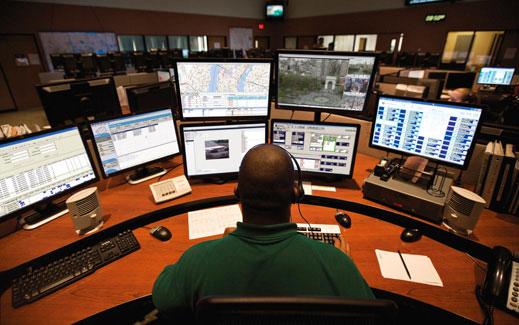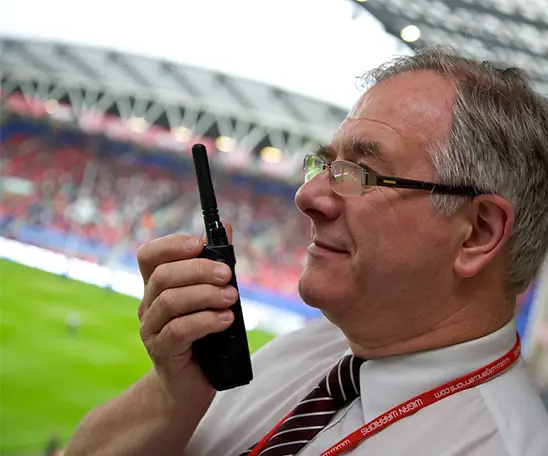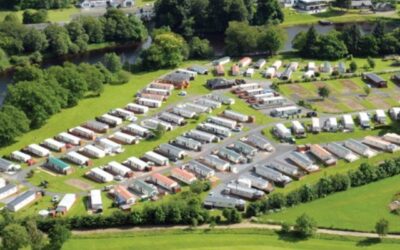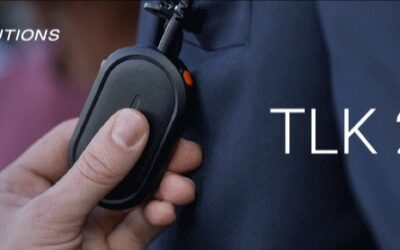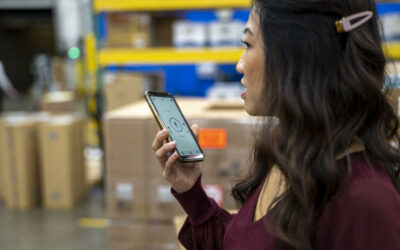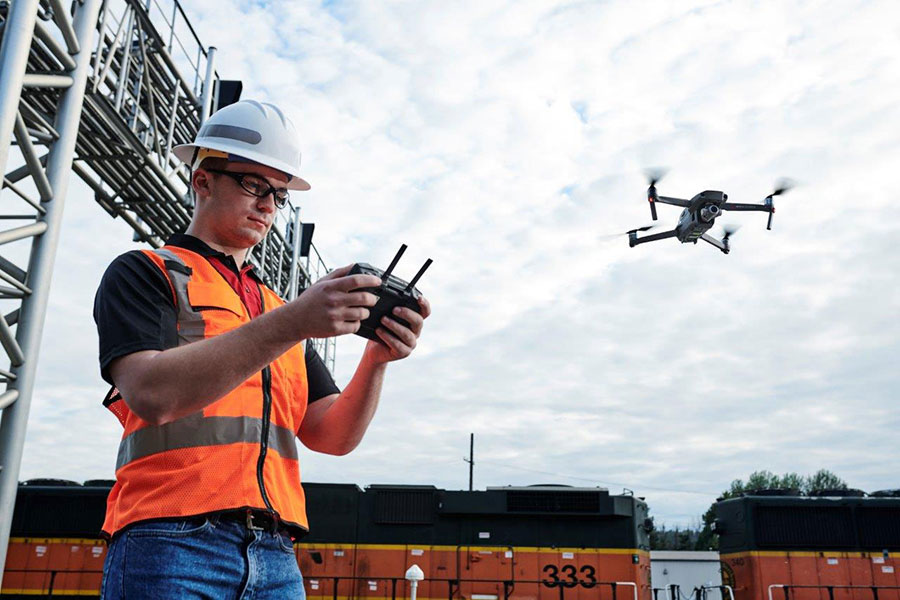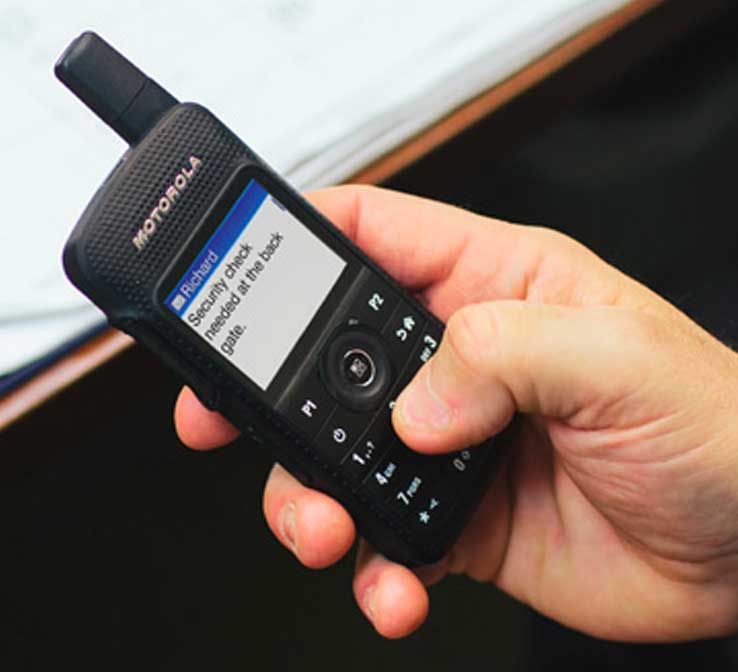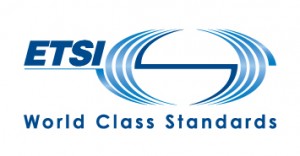In the busy environment of holiday parks, efficient communication is essential for smooth operations. Teams spread across wide-ranging grounds can often face challenges with coordination tasks, managing emergencies and providing the best possible customer service....
Digital Mobile Radio (DMR) is a European standard, produced by ETSI, defining a direct digital replacement for analogue PMR. The PMR/DMR markets can be roughly divided into three broad categories. DMR has the capability to serve them all:
• Consumer and short-range industrial
• Professional / Business-Critical applications
• Public Safety / Mission-Critical applications
DMR is a scalable system that can be used in unlicensed mode (in a 446.1 to 446.2 MHz band), and in licensed mode, subject to national frequency planning. It is developed in three ‘tiers’:
• Tier 1 is the low-cost, licence-exempt ‘digital PMR446’
• Tier 2 is for the professional market offering peer-to-peer mode and repeater mode (licensed)
• Tier 3 is for trunked operation (licensed)
The technology promises improved range, higher data rates, more efficient use of spectrum, and improved battery. Significantly, DMR has been designed to fit into existing licensed PMR bands, meaning that there is no need for re-banding or relicensing, thus aiding the transition from analogue to digital. The new standard imposes no fundamental changes in the architecture of either conventional or trunked systems – the focus is on a change in the over-the-air protocol that will facilitate the use of applications that are beyond the capability of analogue schemes.
Features supported include fast call set-up, calls to groups and individuals, short data and packet data calls. The communications modes include individual calls, group calls, broadcast calls and, of course, a direct communication mode among the mobiles. Other important DMR functions such as emergency calls, priority calls, full duplex communications, short data messages and IP-packet data transmissions are supported.

